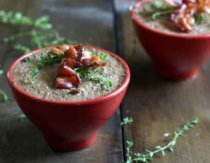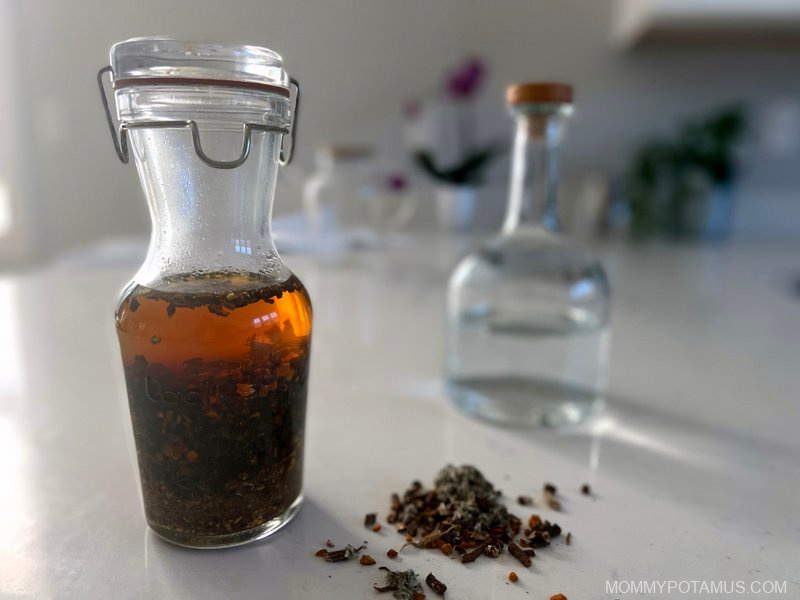
I’m not saying the liver is exactly like a fairy-godmother, but its job description sure does involve a lot of marvelous transformations. When life hands it toxic compounds, it has an uncanny ability to transform them into non-toxic, water soluble molecules that pass right through our bodies.
But not everything is as easy as bippity-boppity-boop. That’s because while toxins have always existed – think arsenic and snake bites – there isn’t another time in history that our detoxification systems have faced the workload that they do now.
Not only have human activities like mining released massive amounts of naturally-occuring heavy metal toxins into our air, water, and soil, they’ve also created whole new categories of toxins that our bodies have to deal with, including:
- “Forever chemicals” such as PFAS, which can interfere with the production of thyroid hormones (1)
- Organophosphate pesticides, which along with heavy metals have collectively cost Americans an estimated 41 million IQ points (2)
That’s why I take steps to support my liver’s efforts by reducing my chemical body burden, optimizing my detoxification pathways, and of course making this easy liver love tincture recipe.
As always, I want to mention that none of these statements have been evaluated by the FDA, this article is not medical advice, and it is not meant to diagnose or treat any condition. Please talk with your healthcare provider about any herbal remedy or supplement you are considering.
Now, here are the herbs we’ll be using:
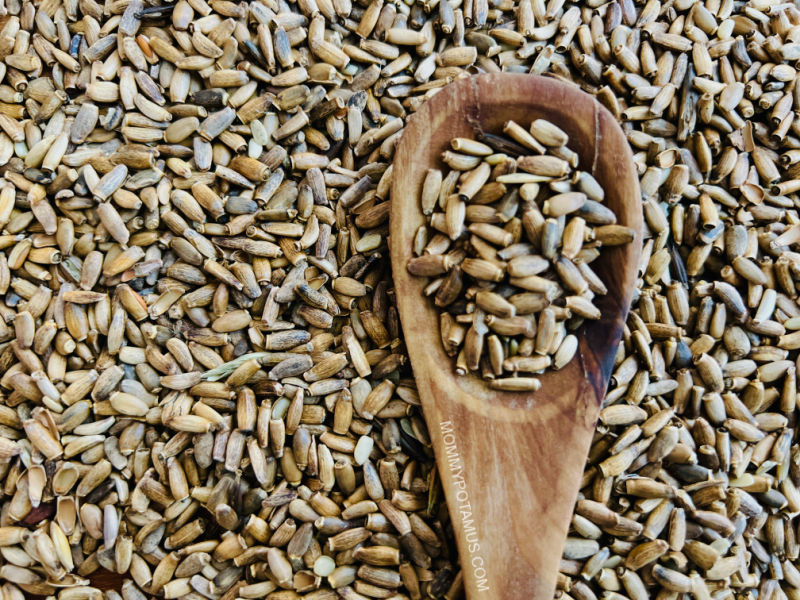
Milk Thistle Seed
Anytime the liver has extra detoxification work to do, think milk thistle!” – Herbal Medicine for Beginners (3)
Milk thistle (Silybum marianum) has been used as a potent yet gentle liver tonic since at least the 1st century, when Pliny the Elder wrote that it was “excellent for carrying off bile.” (4)
Bile, as you may have read in this article, is one of the primary ways the liver pushes toxins toward the colon so they can be flushed out of the body. So . . yeah, pretty important!
The main therapeutic component in milk thistle is silymarin, which is group of flavonoids that includes silybin A and B, silydianin, silychristin A and B, isosilybin A and B, and silibinin.
It’s thought to support detoxification in a few different ways including:
- Neutralizing free radicals created during the first phase of liver detoxification, which is when the liver breaks down fat-soluble toxins into water soluble ones. (If free radicals are not neutralized, they can build up can cause damage)
- Activating the Nrf2 pathway, which encourages the production of the body’s master antioxidant: glutathione. (5) (6) Glutathione also happens to be a primary detoxifying molecule needed for phase 2 of liver detoxification.
- Stimulating the release of bile and enzymes from the gallbladder so that nutrients can be absorbed and toxins can be emptied into the colon for elimination (7)
Important note: Water is NOT effective for extracting milk thistle’s primary therapeutic constituent, silymarin. Alcohol is the best option for pulling out this “hard to get” compound, which why this recipe is for a tincture instead of tea.
If you’re wondering if glycerin can be used as an alcohol-free alternative, the answer is . . . possibly. Even if undiluted glycerin is used (for the most extraction capability) the glycerite will still be significantly lower in potency.
For more info on the pros and cons of different extraction methods, check out this article.
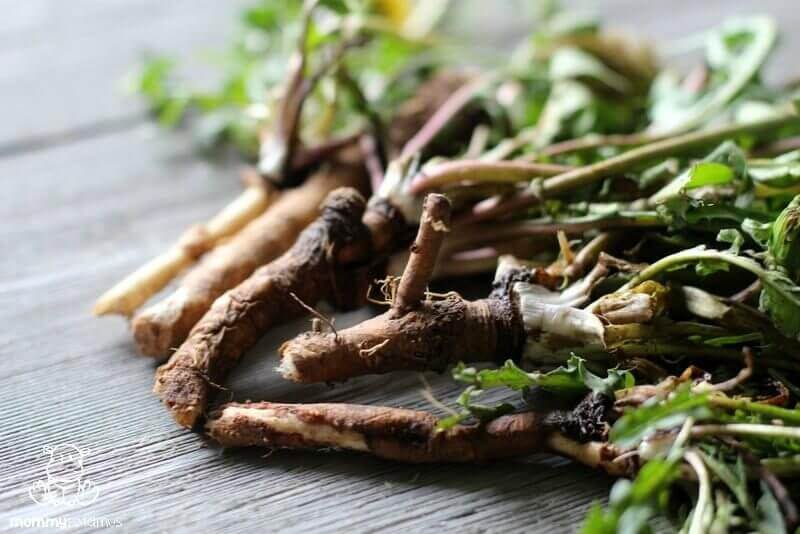
Dandelion Root
Something weird but true thing about bitter herbs like dandelion root (Taraxacum officinale):
When our taste buds detect bitter compounds, they “recognize the taste as being potentially poisonous. As a result . . . our systems go into full alert and digestive juices start flowing in order to mitigate any poisons entering our system.” (12)
In other words, the bitter compounds in some herbs get our digestive systems all revved up, which increases our ability to absorb and use the nutrients we are taking. Plus, instead of being poisonous, dandelion root contains a wide variety of detoxification supporting compounds including taraxacoside, taraxasterol, lutein and apigenin that encourage healthy bile function and support the liver and gallbladder. (8) (9)
When brewed as a tea, it also contains prebiotics that support gut health, but it’s the more alcohol-soluble compounds we’re after in this tincture.
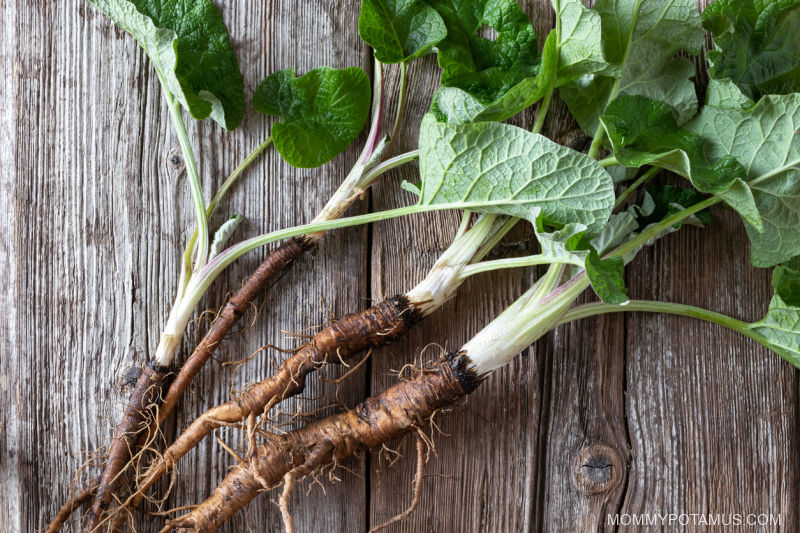
Burdock Root
Although the cockle-burs (seeds covered in stiff spines) found in burdock root (Arctium lappa) inspired the invention of velcro, this herb is far more famous for its therapeutic benefits.
Traditionally used for a variety of purposes – even as an aphrodisiac – it contains a wide range phytochemicals that support:
- Lymph flow, which carries waste products (toxins, hormone byproducts, etc.) and destroyed pathogens into the bloodstream so they can be filtered out by the liver and kidneys (10)
- Liver detoxification – Burdock is known as a “tried-and-true liver and skin tonic” due the presence of compounds that help “maintain the oxidative/antioxidative balance in the liver.” This is especially important during phase 1 of detox. (10) (11)
- Bile flow – Although I think it has a mostly nutty flavor, burdock root also contains bitter compounds that encourage the production of bile. In Phase II of liver detoxification, bile binds with the toxins and then flows into the bowels for elimination.
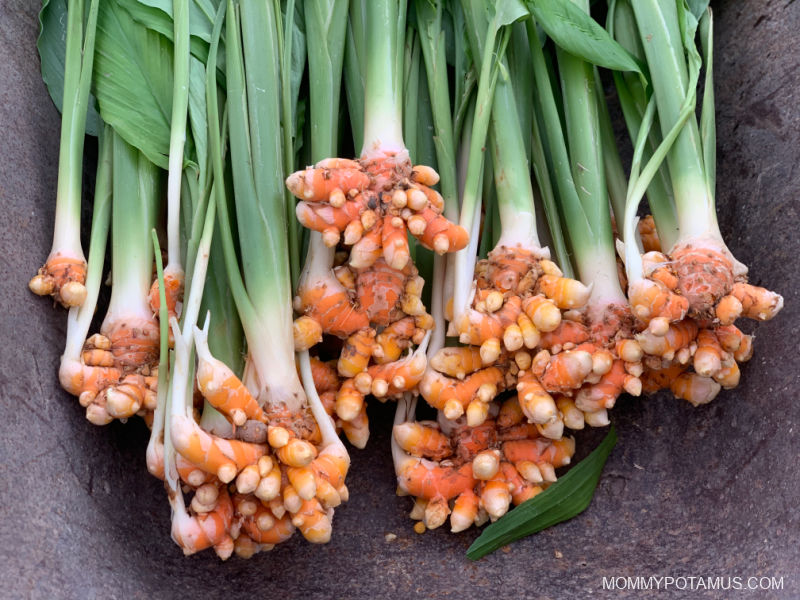
Turmeric Root
The more I use this yellow wonder, the more uses it seems to have.” Karta Purkh Singh Khalsa, Herbalist and author of The Way of Ayurvedic Herbs (12)
Though turmeric (Curcuma longa) is often referred to as an anti-inflammatory plant, herbalist Rosalee de la Foret says that it’s actually more accurate to say that it helps the body adapt it’s inflammatory response as needed. (12)
Short-term inflammation can be beneficial because it stimulates a variety of healing responses, for example by increasing the flow of white blood cells to an injury so they can support recovery.
Turmeric doesn’t block “the beneficial aspects of inflammation” in the same way that anti-inflammatory medications do. Instead, it supports the body in doing the repair work that inflammation is meant to initiate, such as:
- Counteracting free radicals created during Phase 1 of liver detox. One compound in particular – curcumin – is a potent antioxidant that has been widely used in clinical settings. (13)
- Making glutathione, which is both the body’s master antioxidant and a vital detoxifier molecule used in Phase 2 of liver detox. (12)
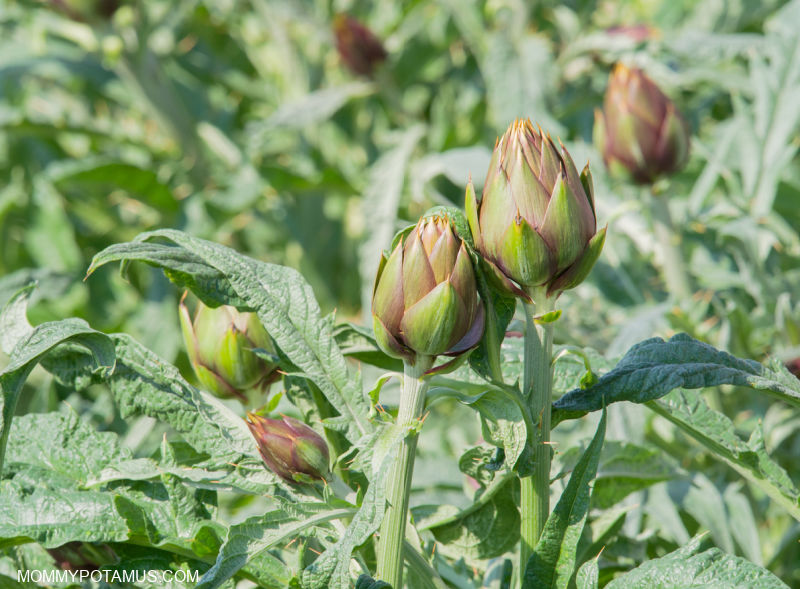
Artichoke Leaf
When you go to the grocery store and pick up an artichoke, you’re actually holding the flower of the artichoke (Cynara scolymus) plant. While they are absolutely delicious in dips, stews, salads and more, herbalists are more interested in the leaves that grow beneath the flower.
And think about it – the world grows this bulky plant for the few flowers we put on our plates. And what happens to the huge mass of leaves? Discarded. Well, no more! Give us herbalists the leaves, and we’ll take care of those tired livers.” – Christophe Bernard (12)
For thousands of years this relative of milk thistle, dandelion and burdock root – yep, they’re all related – has been prized for its ability to support liver function and resilience. (14)
It contains the flavonoid compound known as silymarin (which is also found in milk thistle) plus cyanarin, which is made from organic acids and tannins.
Artichoke leaf is the most bitter of all the bitter herbs in this formula, so a little goes a long way.
Now, let’s get to the recipe!
DIY Liver Love Herbal Tincture Recipe
Ingredients
- 1 ounce dried milk thistle seed (by weight)
- ½ ounce dried organic dandelion root (by weight)
- ½ ounce dried organic burdock root (by weight)
- ¼ ounce dried organic turmeric root (by weight)
- ¼ ounce dried organic artichoke leaf (by weight – optional, can add an additional 1/4 ounce turmeric root)
- 12½ ounces 100 proof alcohol (50% alcohol by volume)
Instructions
To Make
- Coarsely grind the milk thistle seeds in a coffee grinder.
- Add milk thistle, dandelion root, burdock root, turmeric and artichoke leaf to a quart-size jar.
- Pour the alcohol over the herbs, then cover the jar with a lid and shake it well. If desired, write the start date on the jar using a sticky note, label, or piece of tape – it makes keeping track of how long it’s been steeping easier.
- Place the jar in a dark, room temperature area. (I keep mine in a kitchen cabinet.) Let the mixture steep for 3-5 more weeks. Shake occasionally.
- When the tincture is ready, use a mesh colander or cheesecloth to filter out the herbs. Pour the tincture in a clean jar or dropper bottle and store it in a cool, dark area.
To Use
- I typically take one dropper full (1/2-1 teaspoon) 2-3 times daily before meals (since the herbs in this formula also support strong digestion). This is not a recommended dosage per se since herbs are not the same as standardized medicines.
- See the "How Much Is Recommended" section below for more information.
Notes
How Much Is Recommended?
The amount I use is loosely based on the optimal therapeutic ranges recommended for these herbs. Many of them are eaten in food-like quantities and are generally considered safe.
For example, in Adaptogens in Medical Herbalism, author Donald Yance writes that “Turmeric is pharmacologically safe; it has been consumed as a spice at doses of up to 1,000 mg daily for centuries.”
Burdock root can be used in stir fried dishes and soups, and dandelion leaves and flowers are used to make salads, fritters and more.
Artichoke leaf isn’t really used as a culinary herb, but clinical trials have used dosages ranging from 600 mg/day to 2,700 mg/day of artichoke leaf extract (in divided doses) for two months, and according to Drugs.com the reported negative effects included:
“Mild, transient, and infrequent adverse reactions, generally limited to GI complaints such as bloating and flatulence” (15)
Note: Because it’s generally a good idea to rotate herbs on occasion, I swap this formula with other blends that use liver supportive herbs (yellow dock, shisandra, etc.) every 2-3 months, then after 2-3 months I swap this formula back in.
How Safe Are These Herbs?
The Botanical Safety Handbook classifies milk thistle seed, burdock root, dandelion root and turmeric root as Safety Class 1A herbs, which is the safest rating possible. Herbs in this category are described as:
- “Herbs that can be safely consumed when used appropriately.
- History of safe traditional use
- No case reports of significant adverse events with high probability of causality
- No significant adverse events in clinical trials
- No identified concerns for use during pregnancy or lactation
- No innately toxic constituents
- Toxicity associated with excessive use is not a basis for exclusion from this class
- Minor or self-limiting side effects are not bases for exclusion from this class”
Artichoke leaf is not discussed in the Botanical Safety Handbook, but another valuable herbal text – The Modern Herbal Dispensatory – only gives one caution regarding it:
“People with an existing hypersensitivity to any member of the Asteraceae family should use caution.”
With that said, other sources say that it should be avoided by bile individuals with known bile duct obstructions or gallstones. (15)
Frequently Asked Questions
Can this tincture be made with an alcohol-free base?
Water is not effective for extracting milk thistle’s primary therapeutic constituent, silymarin, and herbalists are split on whether glycerin is an effective solvent for it. Personally, if I were to make glycerin-based extract (glycerite) for liver support I’d take one of two approaches:
- Extract the dandelion, burdock, turmeric and artichoke in glycerin and the milk thistle in alcohol, then mix them together. This formula would not be 100% alcohol-free but would be much lower in concentration.
- Omit the milk thistle and double the amount of dandelion and burdock root in the recipe
How is a glycerite made?
The basic process involves mixing glycerin, herbs and sometimes water together, then using heat to extract the compounds. The amount of water needed varies depending on the strength of the solvent needed, just like some herbs are best extracted with low-proof alcohol and some are extracted with higher-proof alcohol.
If you would like to learn more about making glycerites let me know in the comments and I’ll create a tutorial for you.
More Herbal Recipes That Support Liver Health
Yellow Dock Root Tea – This tea blends yellow dock root – which offers gentle detox support – with herbs that nourish the body and help it adapt to stress.
Milk Thistle Seasoning – Rich in minerals, liver-loving compounds and – most importantly – FLAVOR, this seasoning salt is super easy to make and perfect for sprinkling on savory dishes.
Want more research-backed natural remedies?
No problem, I’ve created a free ebook for you – Kitchen Apothecary: 25+ Natural Remedies Using Ingredients From Your Pantry – as a gift for signing up for my newsletter. You’ll also get updates when I post about safe essential oils for pregnant/breastfeeding mamas, exclusive gifts and coupons (I was able to give away a jar of free coconut oil to anyone who wanted it recently!), plus other goodies.
Sign up using the form below.
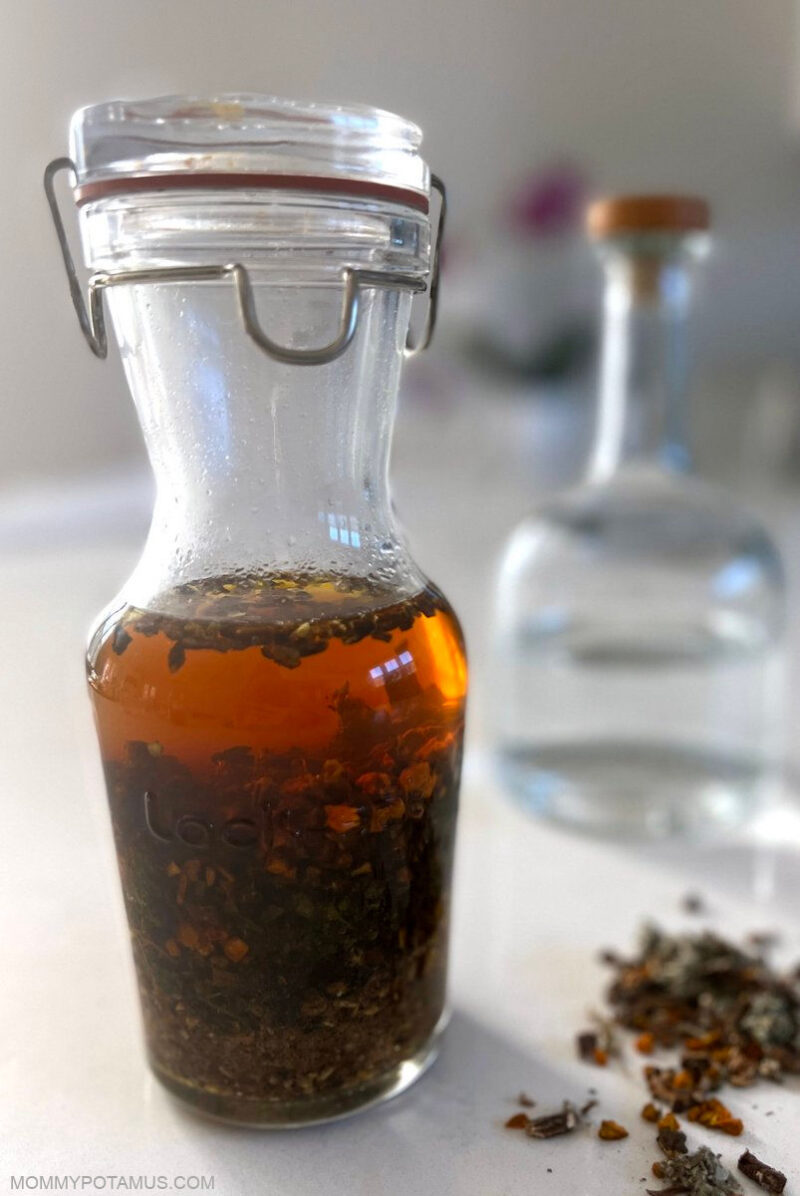
Sources
1. Coperchini, Francesca et. al. (2021) Thyroid Disrupting Effects of Old and New Generation PFAS
2. The Atlantic (2014) The Toxins That Threaten Our Brains
3. Swift, Katja and Midura, Ryn (2018) Herbal Medicine for Beginners: Your Guide to Healing Common Ailments with 35 Medicinal Herbs
4. Ludovico Abenavoli & Stefano Bellentani (2014) Milk thistle to treat non-alcoholic fatty liver disease: dream or reality?
5. Vargas-Mendoza, Nancy et. al. (2020) Flavolignans from Silymarin as Nrf2 Bioactivators and Their Therapeutic Applications
6. Thomas Easley and Steven Horne (2016) The Modern Herbal Dispensatory
7. Hoffman, David (2003) Medical Herbalism: The Science Principles and Practices Of Herbal Medicine
8. Thomas Easley and Steven Horne (2016) The Modern Herbal Dispensatory
9. Hoffman, David (2003) Medical Herbalism: The Science Principles and Practices Of Herbal Medicine
10. Romm, Aviva. (2014) Botanical Medicine For Women’s Health, First Edition.
11. Sael Casas-Grajales and Pablo Muriel (2015) Antioxidants in liver health
12. de la Foret, Rosalee (2017) Alchemy of Herbs: Transform Everyday Ingredients into Foods and Remedies That Heal
13. Fan, Xia et. al. (2011) The clinical applications of curcumin: current state and the future
14. Salem, Maryem Ben et. al. (2015) Pharmacological Studies of Artichoke Leaf Extract and Their Health Benefits
15. Drugs.com. Artichoke

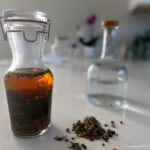
 Tried this recipe?
Tried this recipe? 